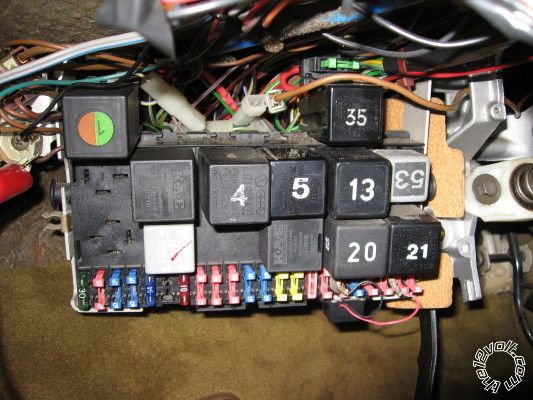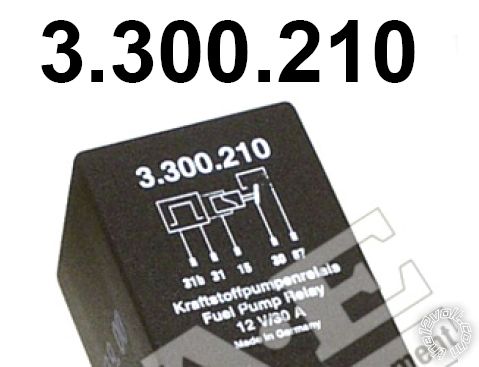Posted: September 04, 2011 at 10:43 AM / IP Logged
Posted: September 04, 2011 at 5:04 PM / IP Logged
Posted: September 04, 2011 at 6:23 PM / IP Logged
Posted: September 04, 2011 at 7:39 PM / IP Logged
Posted: September 04, 2011 at 8:46 PM / IP Logged
Posted: September 04, 2011 at 10:11 PM / IP Logged
Posted: September 05, 2011 at 8:54 AM / IP Logged
Posted: September 05, 2011 at 10:05 PM / IP Logged
Posted: September 06, 2011 at 5:45 AM / IP Logged
Posted: September 06, 2011 at 8:52 AM / IP Logged
 Printable version
Printable version


| You cannot post new topics in this forum You cannot reply to topics in this forum You cannot delete your posts in this forum You cannot edit your posts in this forum You cannot create polls in this forum You cannot vote in polls in this forum |

| Search the12volt.com |
Follow the12volt.com 
Wednesday, January 14, 2026 • Copyright © 1999-2026 the12volt.com, All Rights Reserved • Privacy Policy & Use of Cookies


Wednesday, January 14, 2026 • Copyright © 1999-2026 the12volt.com, All Rights Reserved • Privacy Policy & Use of Cookies
Disclaimer:
*All information on this site ( the12volt.com ) is provided "as is" without any warranty of any kind, either expressed or implied, including but not limited to fitness for a particular use. Any user assumes the entire risk as to the accuracy and use of this information. Please
verify all wire colors and diagrams before applying any information.








 (as posted in the12volt's
(as posted in the12volt's 
 (the above pic being extracted from
(the above pic being extracted from  Surely we're talking about the primer circuit here and do NOT swap a standard SPST or SPDT relay for a 31b, the 31b denotes a second ground (earth) switch.
Do you think UK or US English will ever unify earth and ground as used in auto electrics?
Surely we're talking about the primer circuit here and do NOT swap a standard SPST or SPDT relay for a 31b, the 31b denotes a second ground (earth) switch.
Do you think UK or US English will ever unify earth and ground as used in auto electrics?